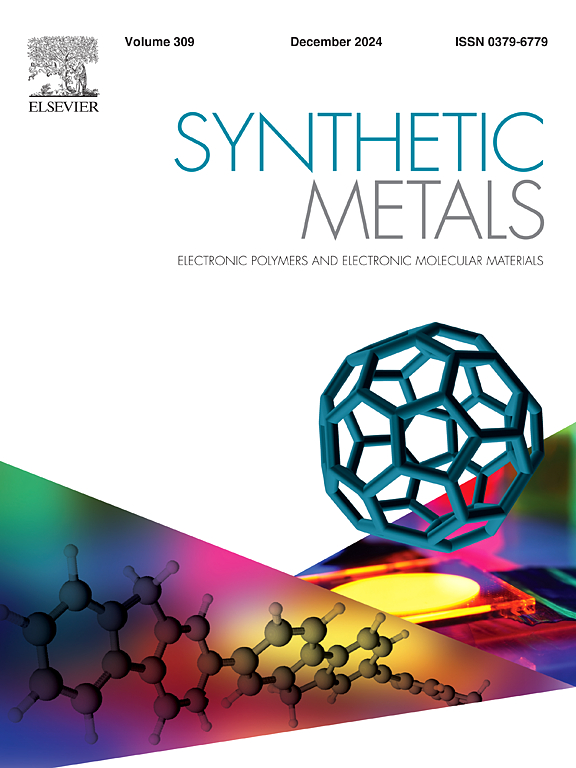Research progress in nanocrystal light-emitting diodes based on the self-assembly technology
IF 4
3区 材料科学
Q2 MATERIALS SCIENCE, MULTIDISCIPLINARY
引用次数: 0
Abstract
Self-assembly technology allows structural units on the nano- or micrometer scale to be assembled into multilevel ordered structures by non-covalent bonding forces in the absence of external interference, which have advantages of simple operation, good stability of prepared films, tunable bandgap, and so on. To date, self-assembly technology has been demonstrated to possess a great potential for optoelectronics and microelectronics. In particular, nanocrystal light-emitting diodes (NC-LEDs) using self-assembly technologies have become the focus of research because of their merits such as the ability to improve the photon out-coupling efficiency and the simplicity of fabrication methods, which show important application prospects in the fields of display and lighting. In this review, the research progress of state-of-the-art NC-LEDs based on self-assembly technologies have been insightfully introduced. Firstly, basic concepts in self-assembled LEDs have been summarized, including the design principle and synthesis methods for self-assembly technologies, LED device structure, and emission mechanism. Then, from the point of view of emitting materials, the current research status of self-assembled NC-LEDs based on quantum dots, perovskites, and colloidal quantum wells have been highlighted. At last, the current challenges of NC-LEDs based on self-assembly technologies and their future development opportunities have been discussed.
基于自组装技术的纳米晶发光二极管研究进展
自组装技术使纳米或微米尺度的结构单元在没有外界干扰的情况下,通过非共价键作用力组装成多层有序结构,具有操作简单、制备膜稳定性好、带隙可调等优点。迄今为止,自组装技术已被证明在光电子学和微电子学领域具有巨大的潜力。特别是采用自组装技术的纳米晶体发光二极管(nc - led),由于其具有提高光子外耦合效率和制造方法简单等优点,在显示和照明领域显示出重要的应用前景,已成为研究的热点。本文综述了近年来基于自组装技术的nc - led的研究进展。首先,综述了自组装LED的基本概念,包括自组装技术的设计原理和合成方法、LED器件结构、发光机理等。然后,从发光材料的角度,重点介绍了基于量子点、钙钛矿和胶体量子阱的自组装nc - led的研究现状。最后,讨论了基于自组装技术的nc - led目前面临的挑战和未来的发展机遇。
本文章由计算机程序翻译,如有差异,请以英文原文为准。
求助全文
约1分钟内获得全文
求助全文
来源期刊

Synthetic Metals
工程技术-材料科学:综合
CiteScore
8.30
自引率
4.50%
发文量
189
审稿时长
33 days
期刊介绍:
This journal is an international medium for the rapid publication of original research papers, short communications and subject reviews dealing with research on and applications of electronic polymers and electronic molecular materials including novel carbon architectures. These functional materials have the properties of metals, semiconductors or magnets and are distinguishable from elemental and alloy/binary metals, semiconductors and magnets.
 求助内容:
求助内容: 应助结果提醒方式:
应助结果提醒方式:


